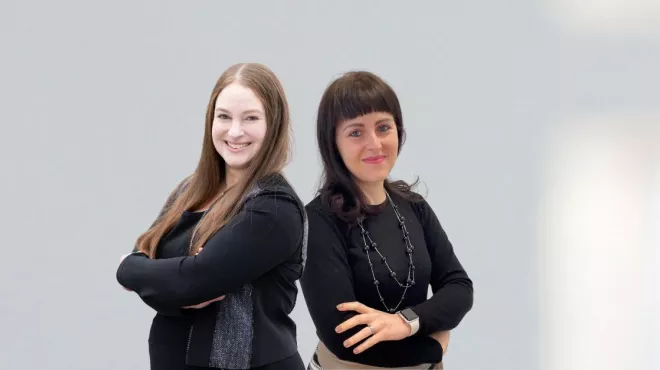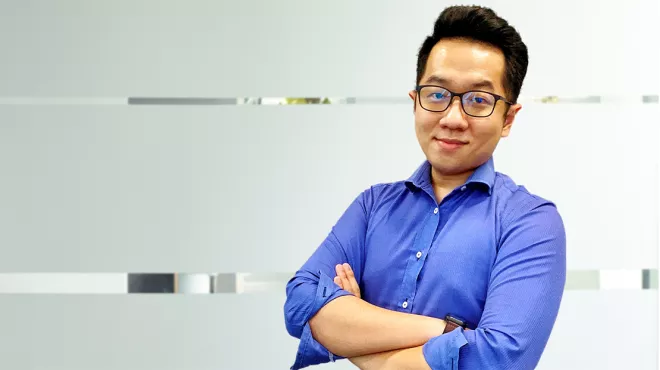Ever heard of organoids?
The scientists I collaborate with use them all the time. They are simplified and miniaturized tissue-engineered models that mimic the structure and function of real human hearts, brains, kidneys etc. Basically, a super-tiny organ that you grow in the lab. Amazing, right?
Before 2022, my work as a genetic epidemiologist had not really exposed me to the wonderful world of translatability of statistical findings to experimental science. My statistical genetics studies had led me into the realms of preterm deliveries, familial migraines, drug responses in antidepressants, and COVID-19 host genetics. But rarely, if ever, had they taken me into the lab.
Joining Novartis changed all that.
Bench scientists working with non-bench scientists
There are essentially two kinds of scientists in the world. There are the bench scientists who wear white coats and use pipettes. Then there are the non-bench scientists like me who spend our days sitting in front of a computer. In most institutions, the two kinds of scientists work independently from each other. Here at Novartis, however, we take a much more integrated approach.
Take the project I’m currently working on. We are trying to work out if variants in the genome of people with a particular disease are actionable or not. In other words, if we treat the variant with a chemical compound will it have any effect on the phenotype (i.e. the disease)?
There are six of us in the team that I currently work with on my main project related to the organoids mentioned above. My expertise is in the realm of genetics i.e., DNA. My fellow members are experts in other cellular functions and mechanisms (RNA and protein), which we know work in concert with DNA as part of the gene-expression chain. When we come together, we are able to create a beautiful picture of the whole drug target identification space in our disease of interest.
Weekly collaboration sessions
Every Wednesday at 8am, I touch base with my colleagues and we have what I jokingly call a Prosecco & Scrum session. (The joke is that it hasn’t ever involved any actual prosecco, but I promised everyone that it will do when we find our first successful drug target!). It’s an opportunity for me and the bench scientists to discuss each other’s work and share insights.
I get to ask them what they think about my latest hypotheses and if there are any experiments they could conduct to verify them. Meanwhile, they will bring me up to speed with their latest discoveries and thought processes and tell me about genes they think would be worth investigating via the results of my statistical analyses.
The opportunity to collaborate with bench scientists in this way is one of the main reasons why I chose to come to Novartis – and why I have stayed. When I was in academia, I never really got to see beyond my own small part of the story. I would identify genetic variants of interest, publish my findings, and that would be it. Now I get to see my work in its true context, to follow the story through its next, fascinating chapter and to discover if the variants I have identified are in fact actionable or not.
A unique working environment
The world of genetic epidemiology is not that big. Most of us know each other and everyone always has a pretty good idea what everyone else is up to. So I am able to say with some certainty that the way we work at Novartis is unique.
My geneticist friends here in Boston often tell me how envious they are. In their jobs, they are left to figure out all the pieces of the puzzle alone. They know how much quicker and more effectively they could get stuff done if they had access to all the expert insights that I do.
Also, I can’t help thinking that I have much more fun. Working with bench scientists (and their organoids) has brought an extra dimension to my work and made it more interesting and enjoyable than ever before.
When I do finally get that morning glass of prosecco, I’ll be sure to propose a toast – to collaboration!



